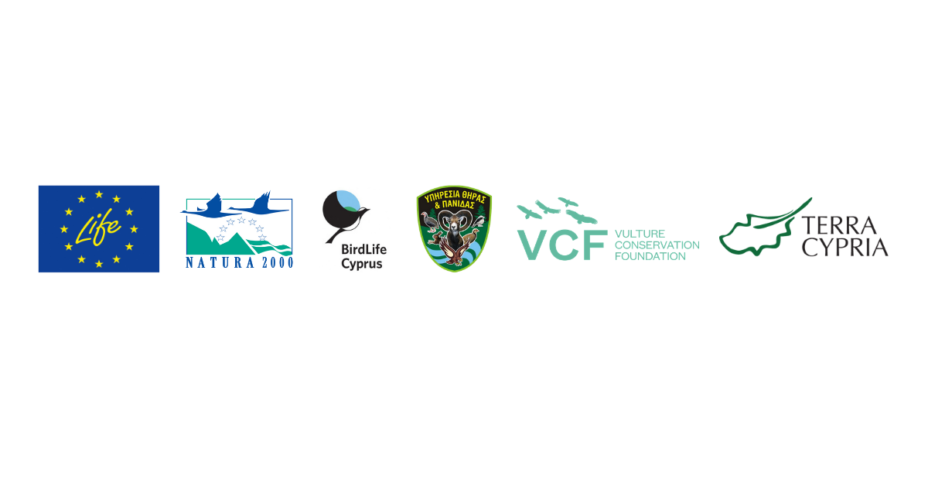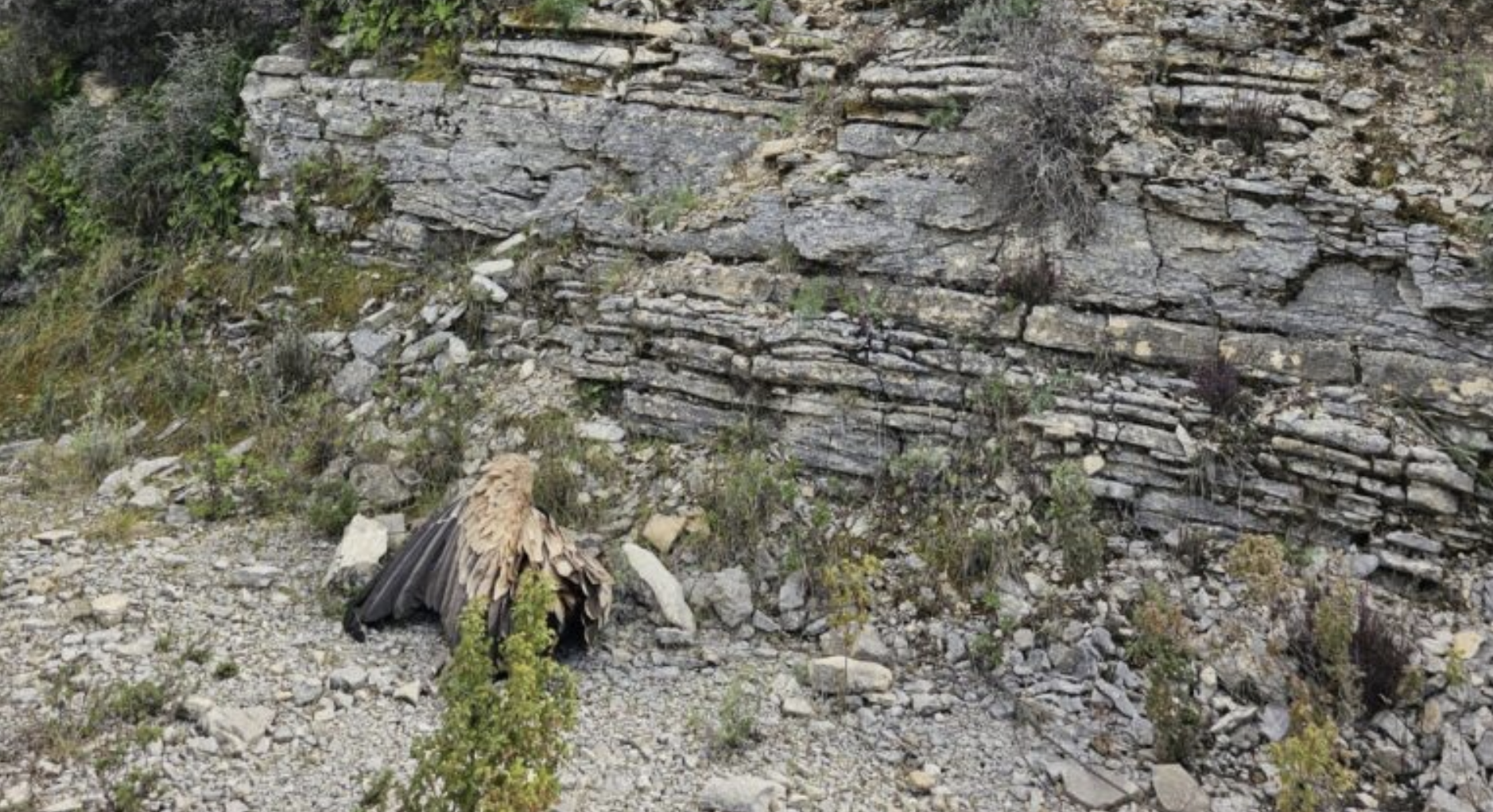The air we breathe, the water we drink, and the food we eat are essential for our survival, yet we often overlook their source—nature and its various ecosystem services.
Ecosystem services are fundamental to our planet’s health and our well-being. Birds, including vultures, are essential providers of these invaluable environmental benefits.
As part of the LIFE with Vultures project, which aims to save the Griffon Vulture population from extinction in Cyprus, we produced two animation videos to showcase the importance of ecosystem services. The first video illustrates the critical role of nature and vultures in providing these services worldwide, while the second focuses specifically on the contributions of vultures in Cyprus.
What are ecosystem services?
Ecosystem services refer to the various benefits that natural environments provide to humanity. These services are categorized into three main types:
- Provisioning services: These include the direct products obtained from ecosystems such as food, water, and raw materials.
- Regulating services: These involve the natural processes that help maintain environmental balance, such as climate regulation, water purification, and flood control.
- Cultural services: These encompass the non-material benefits derived from nature, including recreational, spiritual, and aesthetic experiences.
However, harmful human activities such as pollution and habitat degradation threaten these essential services. It’s clear that protecting nature is important not only for conserving wildlife and their habitats but also for maintaining the ecosystem services that people rely on.
Birds as providers of ecosystem services
Birds are present on every continent and inhabit various environments, exhibiting a range of behaviours that enable them to play diverse and crucial roles in ecosystems worldwide.
Wild birds provide direct services such as eider down for insulation, seabird guano for fertilizer, and the harvesting of birds like puffins and sooty shearwaters for food. For instance, eider down, known for its exceptional insulation properties, is sustainably harvested and used in high-quality jackets and sleeping bags.
Birds play a significant role in pest control, consuming 400-500 million tons of insects annually worldwide. This service has substantial economic benefits. In Cyprus, artificial nest boxes for Barn Owls are strategically placed near agricultural fields to reduce rodent populations and increase crop yields. This natural pest control method aims to minimize the need for harmful chemical rodenticides while boosting agricultural productivity.
The cultural significance of birds dates back thousands of years, evidenced by ancient cave paintings and their roles in mythology and religion. Today, recreational activities like birdwatching have become significant sources of income for local communities through ecotourism. In Poland’s Białowieża Forest, for example, birdwatchers contribute approximately $2.2 million annually to the local economy, spending 66% more than other tourists.
Birds also contribute to nutrient cycling, pollination and seed dispersal. Migratory birds move nutrients across vast distances, influencing primary production and food web structures. Additionally, over 900 bird species, such as hummingbirds, play a critical role in pollinating plants, which is crucial for many tropical species. Frugivorous birds, such as toucans, play a critical role in seed dispersal, aiding in plant gene flow and vegetation recovery in degraded areas.
The unique ecosystem services of scavenging birds like vultures
Obligate scavengers like vultures, which survive by consuming dead animals, play a unique and important role in nature. Species such as the Griffon Vulture consume large amounts of carrion, recycling nutrients, removing contaminants from soil and water, and helping regulate the spread of diseases. In their absence, populations of feral dogs and other scavengers increase, potentially heightening the risk of diseases like rabies.
The natural waste management provided by vultures is both cost-effective and environmentally beneficial, highly valued by livestock farmers for its economic advantages. In Spain, using vultures for carcass disposal could save $50 million annually in related insurance payments. This approach would also avoid carcass transportation, reducing greenhouse gas emissions by an estimated 77,344 metric tons of CO₂ annually.
Vultures hold significant cultural and spiritual value in many societies, both historically and today. The Andean Condor, respected in many indigenous cultures of the Andes in South America, symbolizes health and freedom and is prominently featured in art, folklore, and national symbols in countries like Colombia, Ecuador, Bolivia, and Chile.
In terms of recreational benefits, vultures are a main attraction for ecotourists who seek birdwatching opportunities, which can, in turn, generate substantial income for local communities. In the Pyrenees, a vulture stronghold where birdwatchers can see Bearded, Cinereous, Egyptian, and Griffon Vultures depending on the time of year, vulture-based tourism generates $4.9 million annually.
The role of vultures in achieving sustainable development goals (SDGs) is particularly noteworthy. Their scavenging activities contribute significantly to SDG15 (Life on Land) by maintaining biodiversity and ecosystem health, and SDG3 (Good Health and Well-being) by potentially preventing disease spread. Additionally, their indirect contributions to SDG6 (Clean Water and Sanitation) by preventing water contamination through carrion decomposition are essential.
The potential of vultures contributions in Cyprus
In Cyprus, the future of the Griffon Vulture is not secured. Following the extinction of the Cinereous Vulture, conservation efforts intensified to prevent the loss of the critically endangered Griffon Vulture. This urgency led to the LIFE with Vultures project, aimed at mitigating serious threats like poisoning and electrocution and reinforcing the local population by transporting and releasing Spanish birds. A key aspect of the project is to understand and highlight the ecosystem services vultures provide, raising awareness about their importance among key stakeholders.
Within this project, the Vulture Conservation Foundation (VCF) conducted a study to determine the potential benefits of vultures to society. The study assessed the impact of redirecting livestock carcasses to vulture feeding stations instead of processing plants. It revealed that approximately 2,500 carcasses could meet the annual food needs of up to 200 vultures, ensuring their long-term viability. This strategy could reduce greenhouse gas emissions and transportation costs by 43-61%.
Additionally, a healthy vulture population can boost ecotourism, with potential annual revenue of up to €648,818 from activities like birdwatching and photography, contributing to Cyprus’s €2.7 billion tourism industry.
As the study demonstrated, promoting the conservation of these vital scavengers not only restores essential ecological functions but also provides socio-economic benefits.
The LIFE with Vultures project in Cyprus shows how targeted conservation efforts can support these goals, ensuring mutual benefits for vultures, the environment, and local communities.
The LIFE with Vultures project

LIFE with Vultures is a targeted conservation project for the protection of the Griffon Vulture in Cyprus. In this four-year endeavor (2019-2023), BirdLife Cyprus, the Game and Fauna Service, Terra Cypria – The Cyprus Conservation Foundation and the Vulture Conservation Foundation have joined forces to tackle the main threats facing the Griffon Vulture and prevent Cyprus’ most threatened bird of prey from going extinct. The project has a 1,375,861 Euro budget and is co-funded (60%) by the European Union’s LIFE programme.




